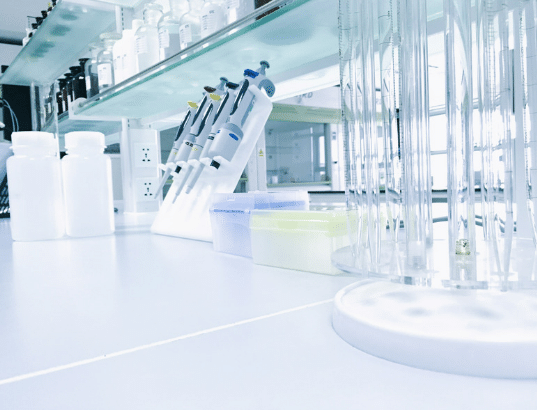
Laboratory equipment is an essential component of any research facility, and staying up-to-date with the latest trends and innovations in this field can make a significant difference in the accuracy and efficiency of scientific processes. In this article, we will explore some of the latest advancements in laboratory equipment and how they can benefit researchers.
Automation and robotics have revolutionised the way laboratory equipment is used. With automation, researchers can reduce the risk of human error and speed up experiments while freeing up time for more complex tasks. Robotic lab assistants, for instance, can handle pipetting, sample preparation, and data analysis with minimal human intervention. The result is a more streamlined and efficient laboratory process which is beneficial for both the researcher and the client.
Artificial intelligence (AI) and machine learning (ML) have become increasingly important in laboratory equipment. These technologies enable researchers to analyse data more accurately, identify patterns and trends that might be missed by human analysts, and are also able to make predictions based on large data sets. AI and ML can also help researchers optimise processes to improve efficiency and reduce costs while maintaining the precision necessary on complex projects.
Miniaturisation is a growing trend in laboratory equipment. Smaller devices use less energy, take up less space, and require fewer resources to operate, making them more affordable and accessible to a wider range of labs. Miniaturised equipment also makes it possible to perform experiments in environments where space is limited, such as on board a spacecraft or in a remote field location. These are essential parts of any laboratory or research facility.
Point-of-care (POC) testing has become increasingly popular in laboratory equipment. These tests are designed to be performed quickly and easily, with results available in a matter of minutes rather than days. POC testing can be used for a wide range of applications, from diagnosing infectious diseases to monitoring patient health in real time. Increasing the efficiency for both the researcher and the client.
3D printing is revolutionising the way laboratory equipment is designed and manufactured. This technology allows researchers to create customised equipment and prototypes quickly and inexpensively, without the need for specialised manufacturing equipment or expertise. 3D printing can also be used to create complex structures and parts that would be difficult or impossible to produce using traditional manufacturing methods. Keeping up to date with the latest innovations allows a laboratory to run as efficiently as possible.
Virtual and augmented reality (VR/AR) are being used in laboratory settings to enhance visualisation of complex data sets, simulate experiments before they are performed, and improve training and education. VR and AR technologies can also be used to create immersive environments for researchers to collaborate and work together remotely, saving both time and money.
In conclusion, laboratory equipment has come a long way with advancements in automation and robotics, AI and ML, miniaturisation, POC testing, 3D printing, and VR/AR. These technologies have helped to streamline laboratory processes, reduce costs, and improve accuracy. Staying up-to-date with the latest trends and innovations in laboratory equipment can help researchers optimise their experiments and stay ahead of the curve in scientific research.

